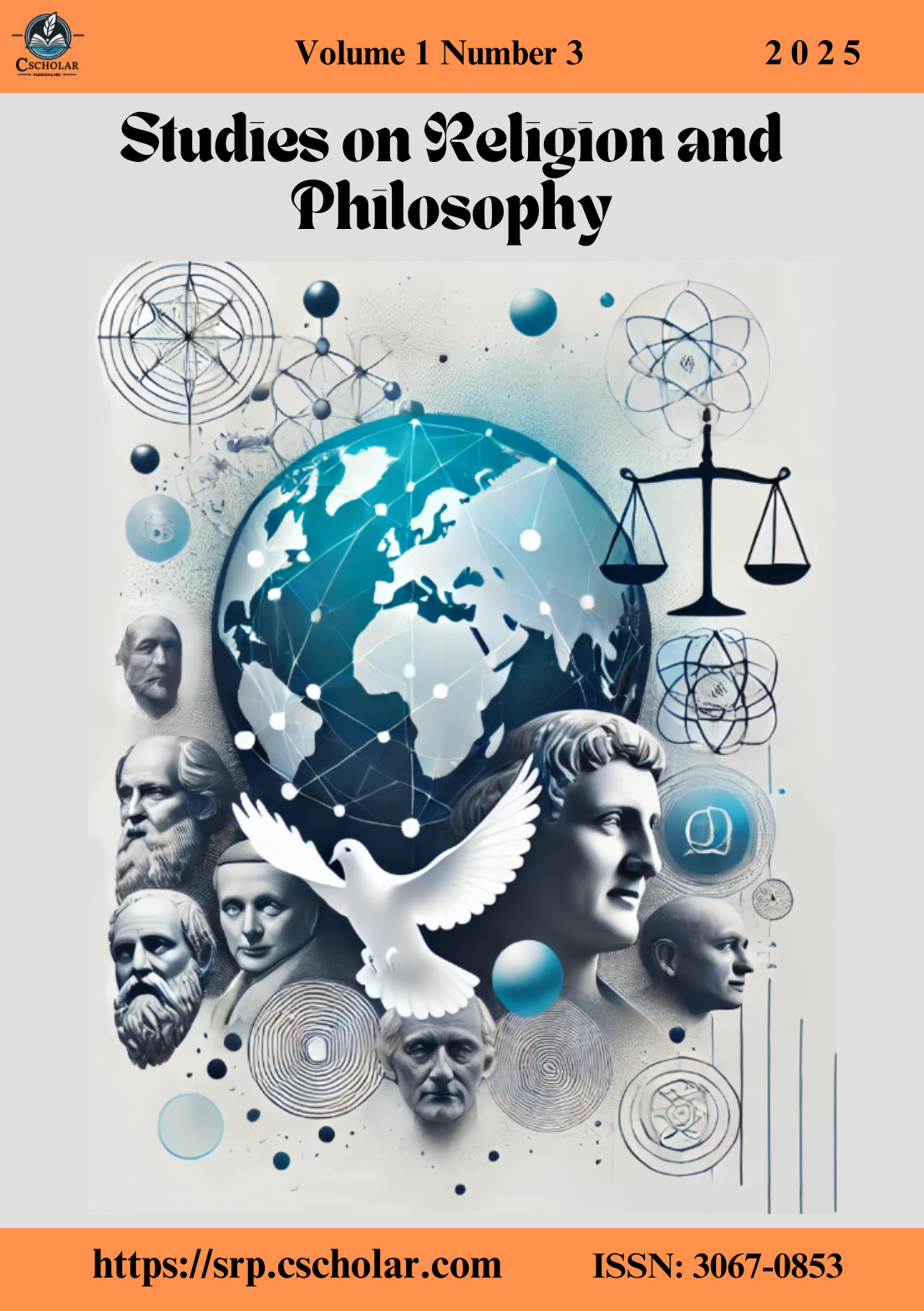Temple Garden Cultural Landscapes: An Initial Exploration
DOI:
https://doi.org/10.71204/9r0mqr20Keywords:
Temple Garden, Cultural Landscape, Buddhism, Chinese Garden History, Sacred SpaceAbstract
Temple gardens in China embody a synthesis of religious philosophy, aesthetic cultivation, and ecological adaptation. They represent the spatial materialization of Buddhist cultural values, the Chinese garden-making tradition, and a cosmological worldview in which nature and human cultivation are deeply interrelated. While modern scholarship has produced rich work on Buddhist architecture, monastic economies, and the symbolism of Chinese gardens, temple gardens as a unique cultural landscape category—particularly their cultural logic, aesthetic patterns, and socio-historical functions—remain insufficiently theorized in a systematic manner. This paper conducts an initial exploration of temple garden cultural landscapes, focusing on their origins, spatial forms, cultural meanings, and contemporary implications. Drawing on historical sources, landscape studies, and cultural theory, the study demonstrates that temple gardens are not merely scenic or devotional spaces; rather, they function as material expressions of Buddhist cosmology, ethical cultivation, social exchange, and ritual order. Their landscapes are shaped not only by religious symbolism but also by environmental adaptation and social-economic conditions, including monastic agrarian systems and community interactions. Through analyzing representative temple garden cases and the evolution of monastic garden cultures, this paper argues that the core of temple garden cultural landscapes lies in the interplay between sacredness and everyday life, withdrawal and engagement, nature and cultivation. Furthermore, the study highlights contemporary challenges, including heritage protection pressures, commercialization, and the need to reinterpret temple gardens as living cultural landscapes rather than static museum-like artifacts. By reframing temple gardens through integrated cultural landscape theory, the paper seeks to contribute to ongoing discussions in heritage studies, landscape architecture, and religious cultural history regarding how traditional cultural landscapes can be meaningfully preserved, reactivated, and sustained in the present.
References
Berebon, C. B. (2025). Integrating Ethical, Legal, and Cultural Paradigms: Advancing Environmental Stewardship. GNOSI: An Interdisciplinary Journal of Human Theory and Praxis, 8(1), 1-15.
Devlin, A. S. (Ed.). (2025). Environmental psychology and human well-being: Effects of built and natural settings. Academic press.
Dill, K. M. (2024). On the Efficacy of Cultivating. The Vegetal Turn: History, Concepts, Applications, 38, 225.
Flere, S. (2024). Cultural elites as selfless ethnic entrepreneurs in the fall of Yugoslavia?. Sociologija, 66(3), 321-344.
Gissen, D. (2023). The architecture of disability: Buildings, cities, and landscapes beyond access. U of Minnesota Press.
Kakalis, C. (2024). Place Experience of the Sacred: Silence and the Pilgrimage Topography of Mount Athos. Palgrave Macmillan.
Mallarach, J. M., Corcó, J., & Papayannis, T. (2014). Christian monastic communities living in harmony with the environment: an overview of positive trends and best practices. Studia monastica, 56(2), 353-391.
Okyere-Manu, B., Morgan, S. N., & Nwosimiri, O. (2022). Cultural, ethical, and religious perspectives on environment preservation. Best Practice & Research Clinical Obstetrics & Gynaecology, 85, 94-104.
Xing, W. (2024). The aesthetics of temple gardens: research on the application of Zen philosophical principles in the design of Zen-inspired landscapes. Journal of Social Science Humanities and Literature, 7(2), 100-111.
Downloads
Published
Issue
Section
License
Copyright (c) 2025 Wan Xing (Author)

This work is licensed under a Creative Commons Attribution 4.0 International License.
All articles published in this journal are licensed under the Creative Commons Attribution 4.0 International License (CC BY 4.0). This license permits unrestricted use, distribution, and reproduction in any medium, provided the original author(s) and source are properly credited. Authors retain copyright of their work, and readers are free to copy, share, adapt, and build upon the material for any purpose, including commercial use, as long as appropriate attribution is given.





